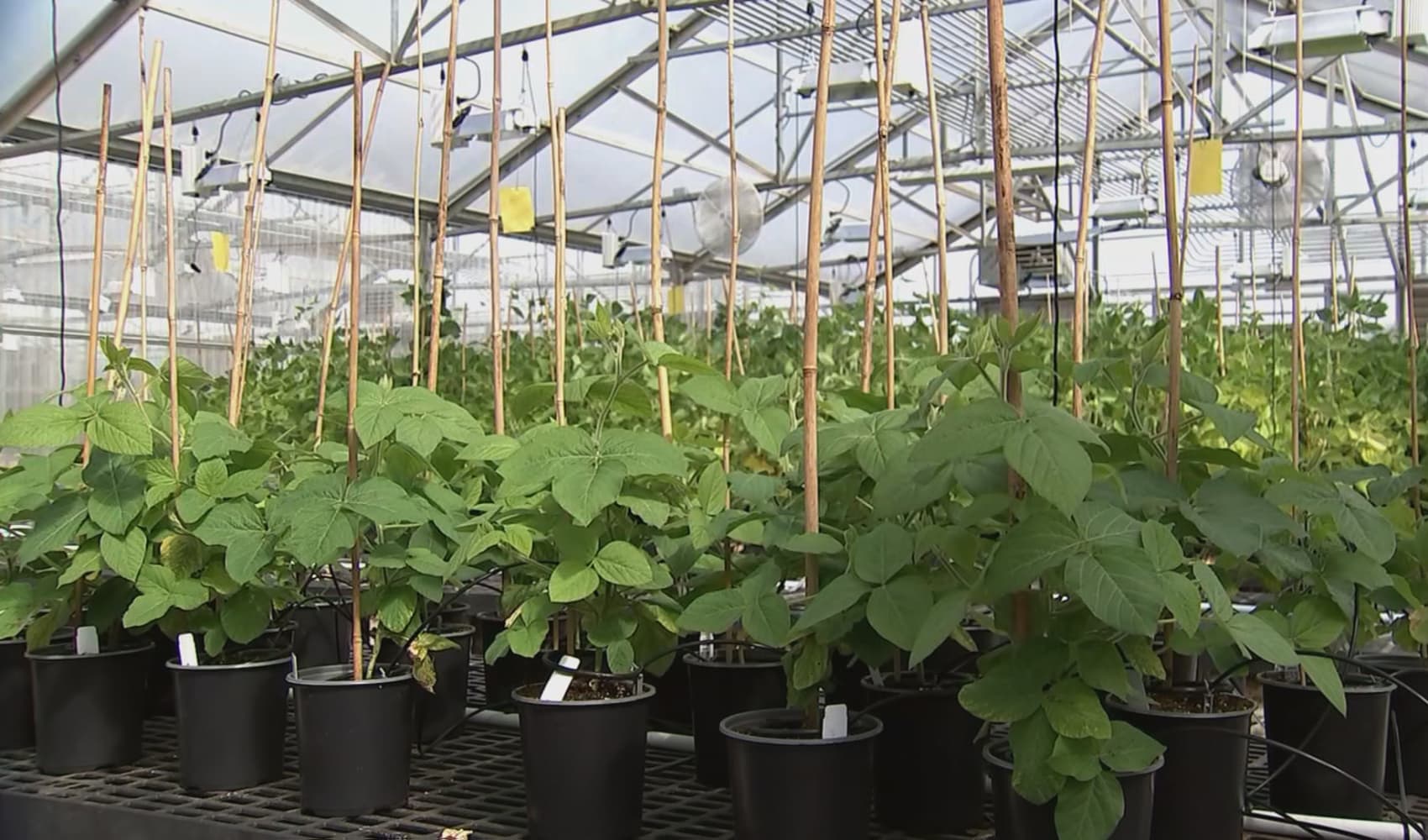
A rare plant has begun its even rarer bloom this week at Boston's Arnold Arboretum, the Harvard institution says, and locals only have a limited time to see it.
The titan arum, or otherwise known as the corpse flower, blooms once every seven to 12 years and smells like rotting meat. The bloom lasts just a few days.
WATCH ANYTIME FOR FREE
Stream NBC10 Boston news for free, 24/7, wherever you are. |
The arboretum said Sunday that the bloom — the first to happen at the institution — was underway, but only Arnold members can see it in person, with a reservation. But for everyone else, the arboretum is streaming the bloom live on YouTube:
Get updates on what's happening in Boston to your inbox. Sign up for our News Headlines newsletter.
Scientists have determined that the plant’s strong scent occurs because of a combination of chemicals that create flagrant odors, like rotting cabbage, onions and garlic, as well as spoiled fish and sweaty gym socks, according to the arboretum.
It has at least two corpse plants. The staff named this one Dame Judi Stench and the other Pepe le Pew.
"The titan arums we grow are part of a global conservation effort for a threatened species—but they are also truly magnificent organisms that manage one of the most audacious and spectacular feats of the botanical world. We hope that by connecting people to remarkable plants like this titan arum that they come away with a better idea of why all biodiversity is valuable and worth protecting," said William Friedman, the Arnold Arboretum's director.
Corpse flower blooms have become popular events and attract viewership in the botanical world. This marks the first time a corpse flower has bloomed at the Arnold Arboretum.
Originally from Sumatra, Indonesia, the plant may grow up to 8 feet tall. Its odor might repel humans but it attracts carrion-feeding beetles that pollinate the plant.



